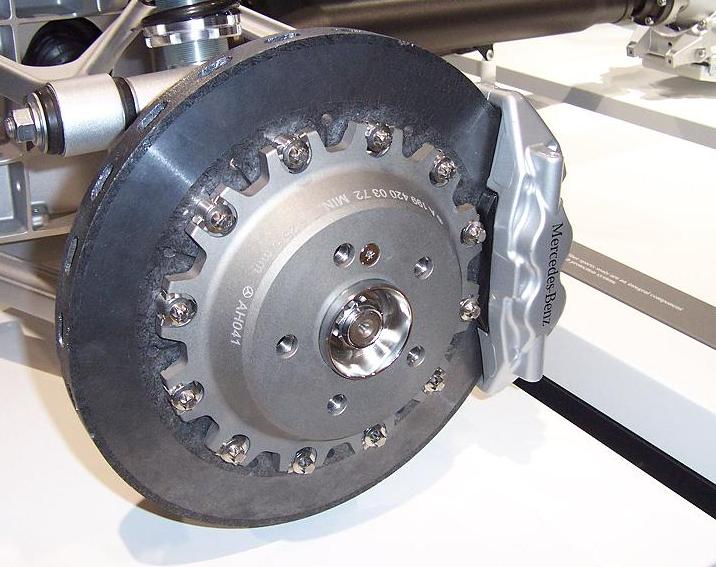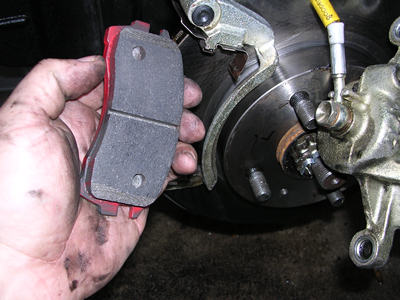First of all, before you get started, you are going to want to make sure you have everything that you need to perform the job. The only things that you are really going to need are a ratchet, jack, wheel lock and, of course, a rag or paper towel to clean it off with. After you have all of this stuff, you can feel free to get started. This should only take you an hour or two to do yourself.

Getting Started On Your Wheel Sensor
First, you have to choose which side you want to get started on. You can choose either the passenger side or the driver side; it does not really matter. However, whichever side you do choose, that is the side that you, of course, need to jack up first. Before you jack up the car, you need to turn the steering wheel to the opposite side that you are working on. For example, if you are working on the driver side, then you are going to want to turn the wheel to the passenger side. Also, when you get it jacked up. You should use a jack stand, not just the jack. You never know how long you will need to have this car jacked up, so you will want the jack stand.
After you turn the wheel and get everything all set up, you will notice that you should be able to locate the ABS wheel sensor very easily. It should be located directly mounted to the knuckle. To take this off, you are going to have to remove the two bolts that are holding them in place. In most Toyota cars, they are 10mm bolts. However, some of them can change from time to time. Overall, there will be about four bolts you have to take out. To do this, just follow the ABS sensor around so that you can remove all of the bolts. When you get the sensor off, you will notice that it is all covered in dirt. Take your rag or paper towel, and start whipping it off. As you do, you will notice that the very middle of it has a sliver strip that you could not see before. A lot of times, dirt blocks this and can cause problems, as you found out. After cleaning it, simply reverse the steps you did to reinstall it. Also, be sure to check both of the front ABS sensors. The one on both sides of the car!
Still Having Problems
Most of the time the procedure discussed above will fix any problem that you are having with your ABS sensor. If you have cleaned both of the front sensors and there are still problems, then you do have a damaged ABS sensor. At this point, you need to get new ones and replace them. If you want, you will be able to install them the same way you cleaned the other ones. However, instead of cleaning the old ones and putting them back on, you can simply put on the new ones. Overall, this is a one day job that can save you a ton of money. Most people do not notice how much money that they can save by doing this themselves until they actually do it!
















 From the word itself hydraulic brakes makes use of hydraulic brake fluids forced into particular pistons which then are expected to reach cylinders connected to the wheels. Similar components in this kind of contraption must likewise be inspected for damages other than the normal ones you encounter. On the other hand, the air brake system operates with compressed air found in pistons within master cylinders. Programmed systems were later incorporated in the regular air brake mechanisms since damage to car parts became a reason for vehicular accidents during the time when air brake systems were kept under control by train engineers.
From the word itself hydraulic brakes makes use of hydraulic brake fluids forced into particular pistons which then are expected to reach cylinders connected to the wheels. Similar components in this kind of contraption must likewise be inspected for damages other than the normal ones you encounter. On the other hand, the air brake system operates with compressed air found in pistons within master cylinders. Programmed systems were later incorporated in the regular air brake mechanisms since damage to car parts became a reason for vehicular accidents during the time when air brake systems were kept under control by train engineers.

